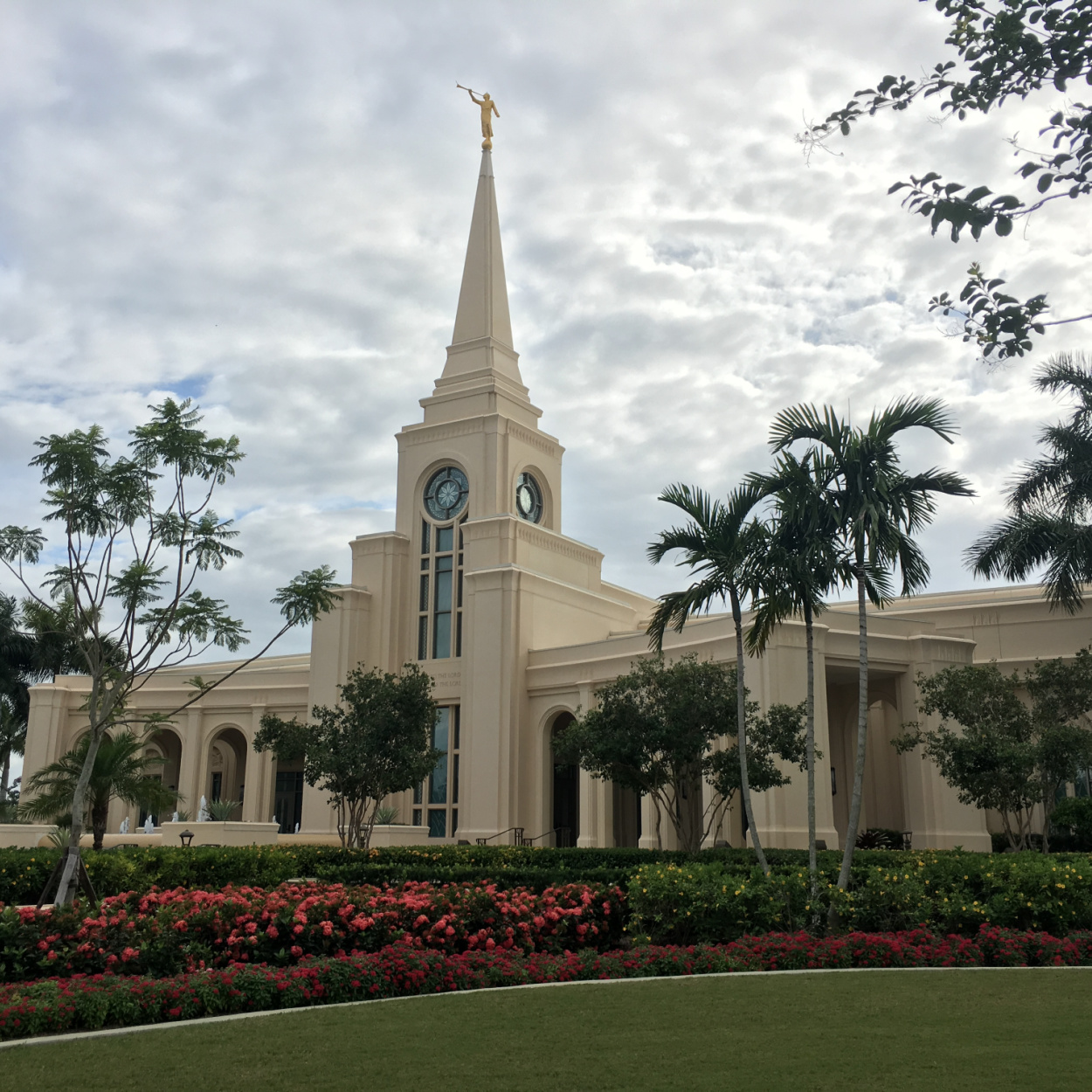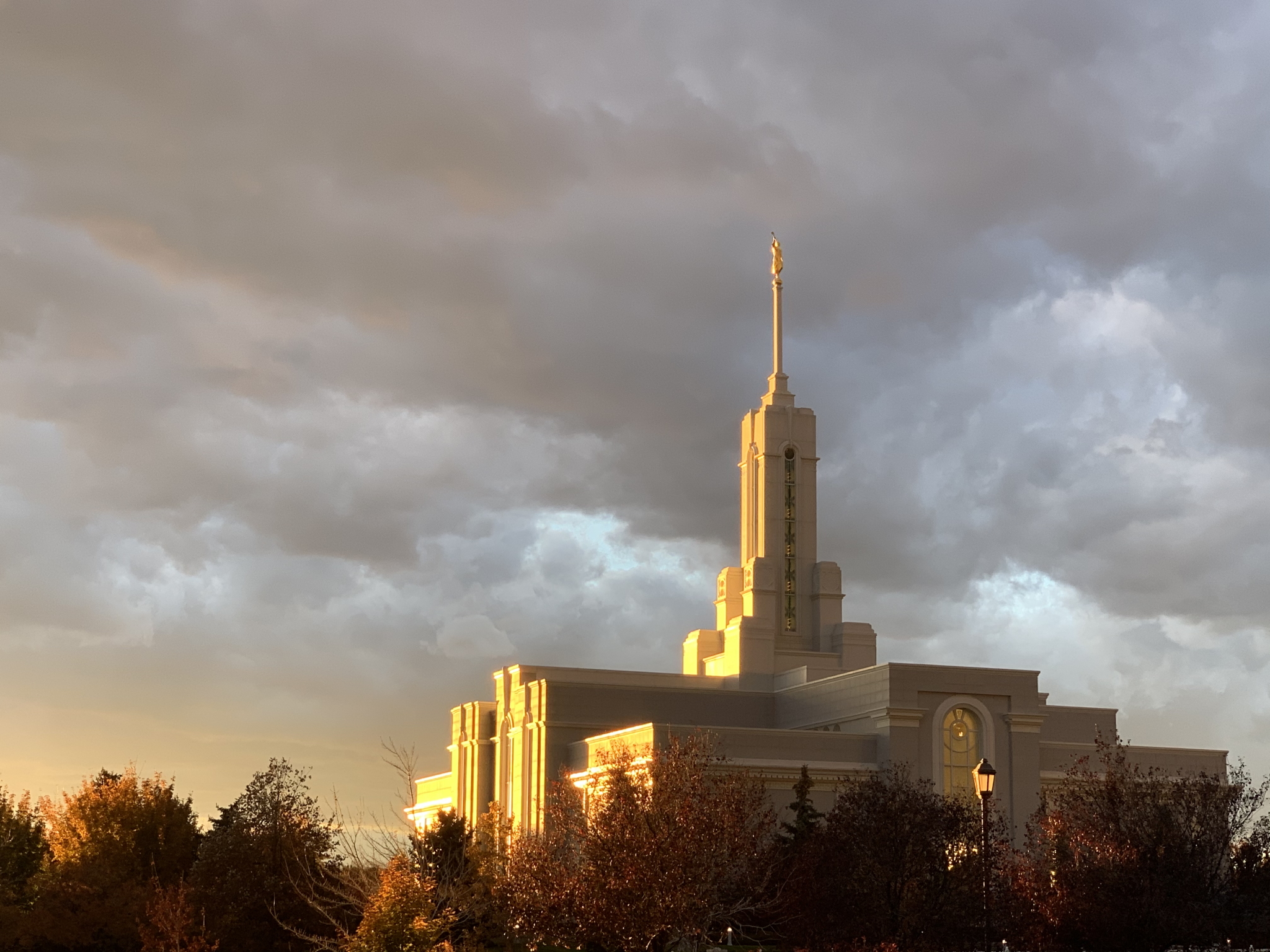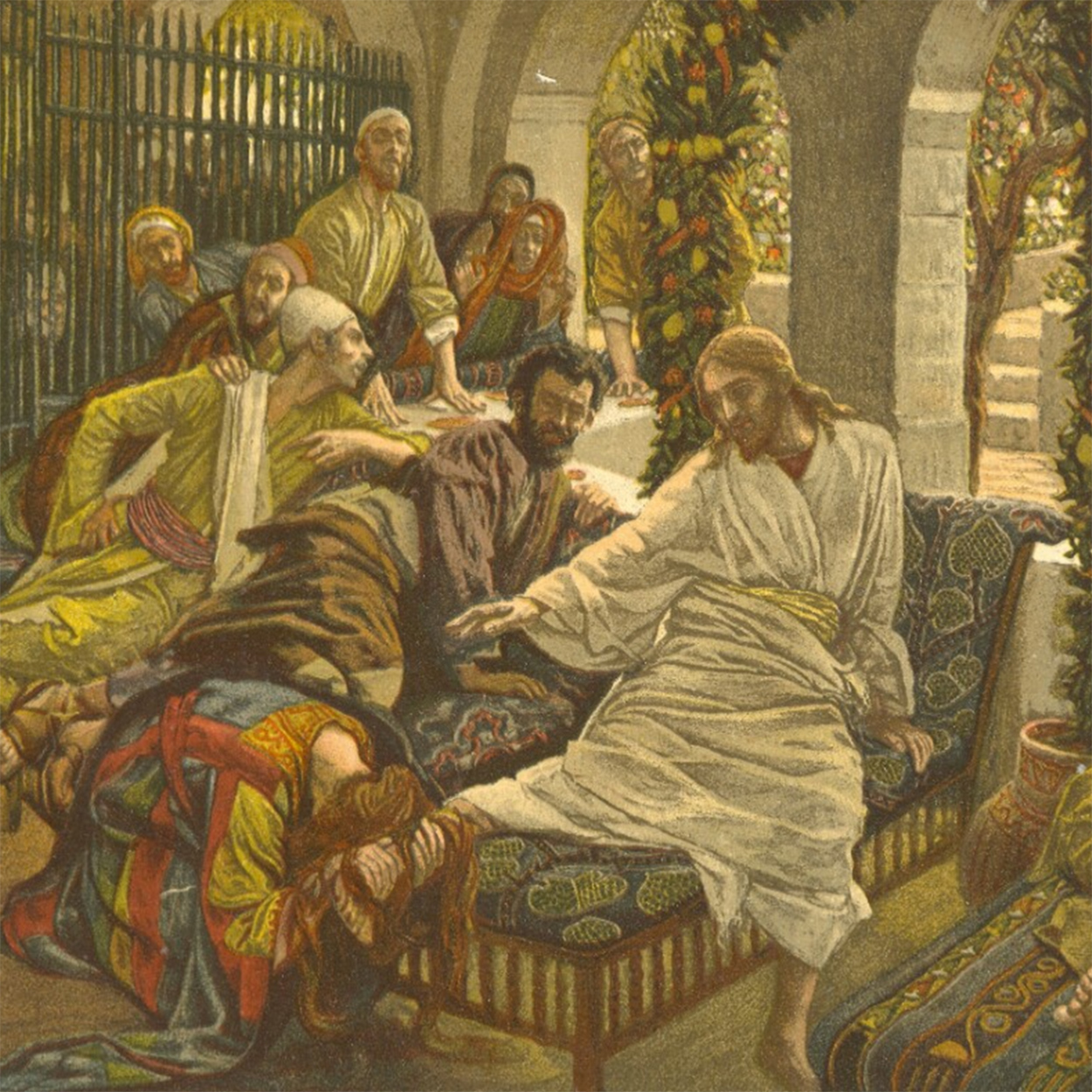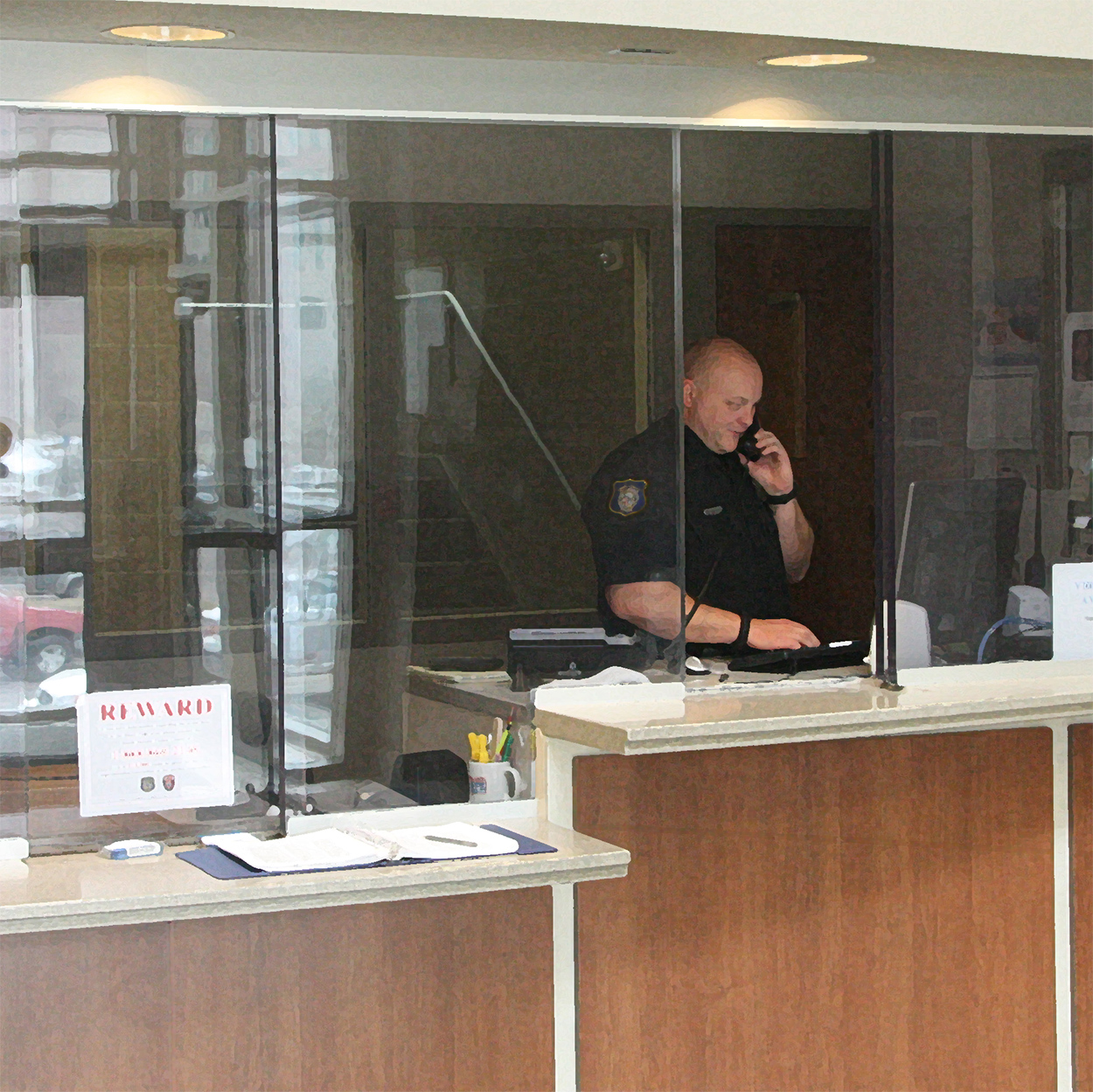
The Fraud Mark Hofmann Still Perpetuates
“Murder Among the Mormons” highlights how Mark Hofmann perpetuated a narrative about transparency in The Church of Jesus Christ. Though Hofmann was stopped, that problematic narrative lingers.

“Murder Among the Mormons” highlights how Mark Hofmann perpetuated a narrative about transparency in The Church of Jesus Christ. Though Hofmann was stopped, that problematic narrative lingers.

Since the publication of “Latter-day Saint Radical Orthodoxy: A Manifesto,” a number of questions and concerns have arisen. I respond here to a few of the more prominent ones.

Recent attempts to identify a “radical orthodoxy” may risk creating disunity among
Latter-day Saints. Is it worth it?

A recently released so-called “Radical Orthodoxy Manifesto” has made some waves. But what exactly does it mean?

A new “manifesto” on radical orthodoxy has been widely discussed. Where did its ideas originate? One author explains.

Many young believers feel the only options they have are to be rigidly dogmatic to the point of being fundamentalist or to reject the Church’s teachings in favor of progressive political doctrines and intellectualism. This statement encourages intellectual engagement with the Church of Jesus Christ in ways that are faithful and flexible instead of either rigidly dogmatic or heretical and doubting.

Two years since President Nelson requested discontinuation of the term “Mormon” to describe the Church, some journalists still opt to use it. Why?

Those who accuse Christians of focusing too much on devotional worship, rather than the sick and poor – seem to forget that Jesus Himself did both.

Priority has rightly gone on supporting and protecting victims of abuse. Protestations from perpetrators should be taken seriously, even when they are unfair.

Major headlines this week left a vivid impression in the public mind of a major scandal uncovered in the Church of Jesus Christ. A closer, more careful look suggests otherwise.

The request that The Church of Jesus Christ of Latter-day Saints not be referred to as “Mormon” is similar to the way the Pilgrims navigated their identity.

Underlying animosity can transform our view of otherwise vibrant goodness into something repulsive to be discarded as soon as possible.